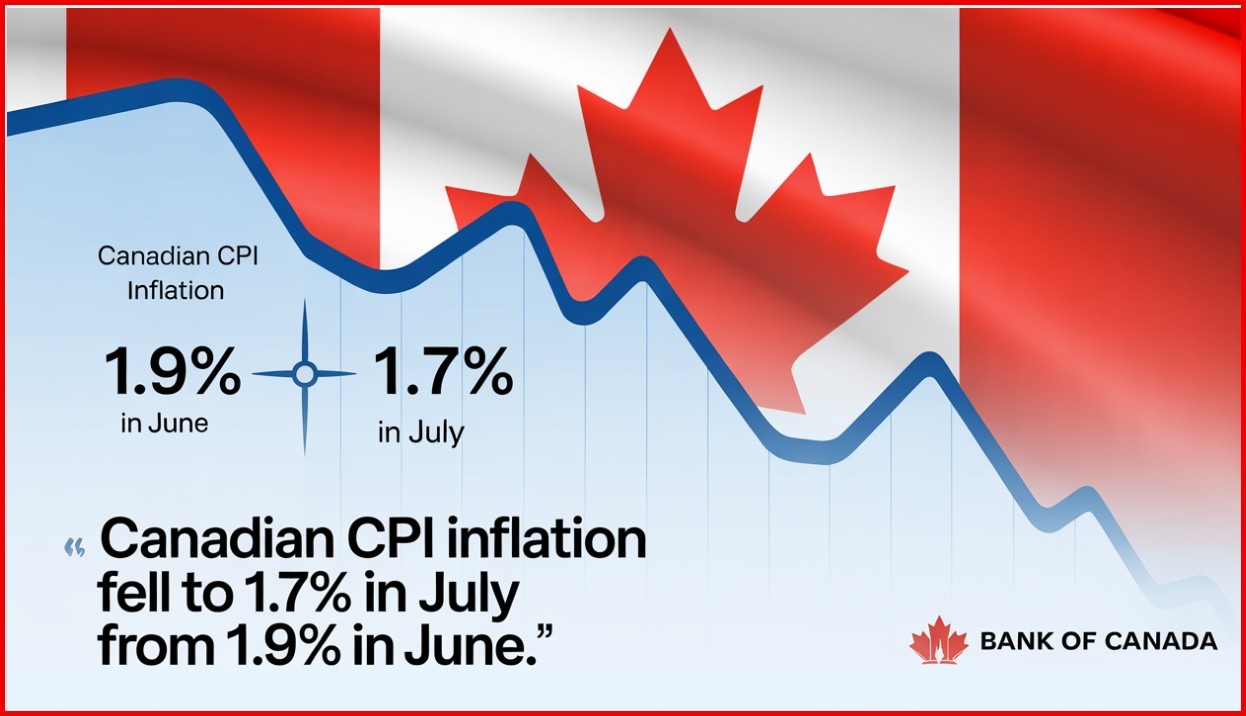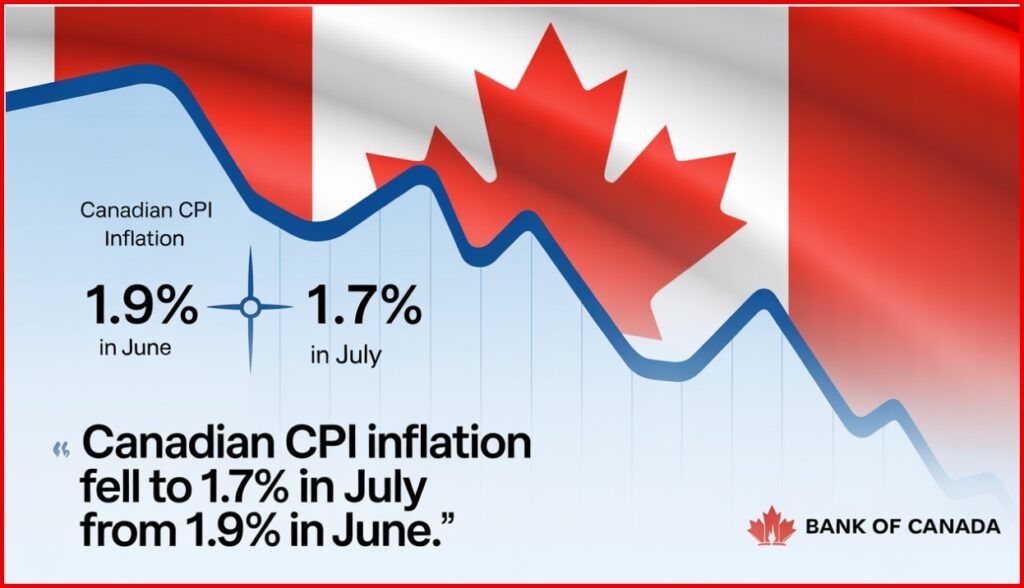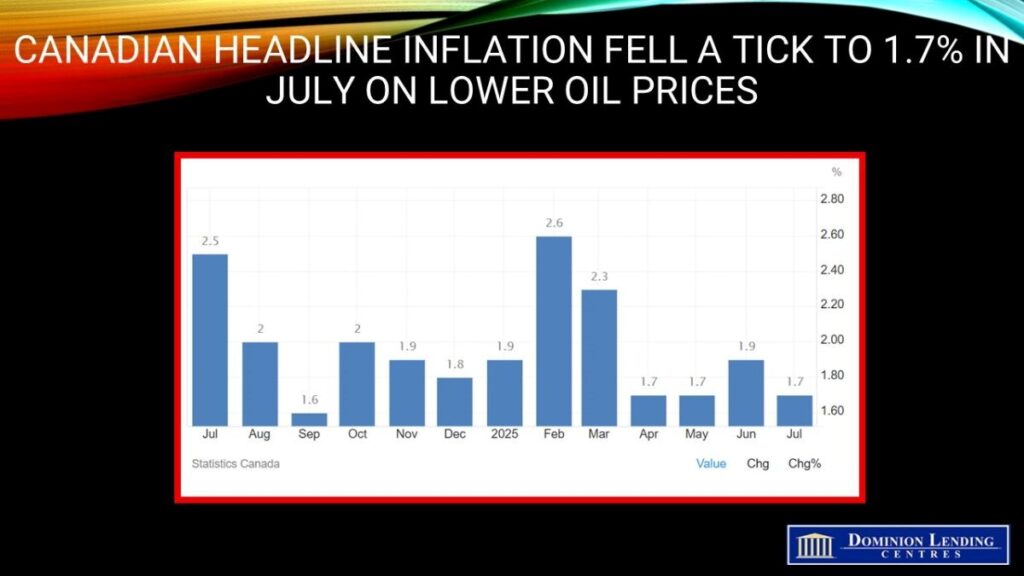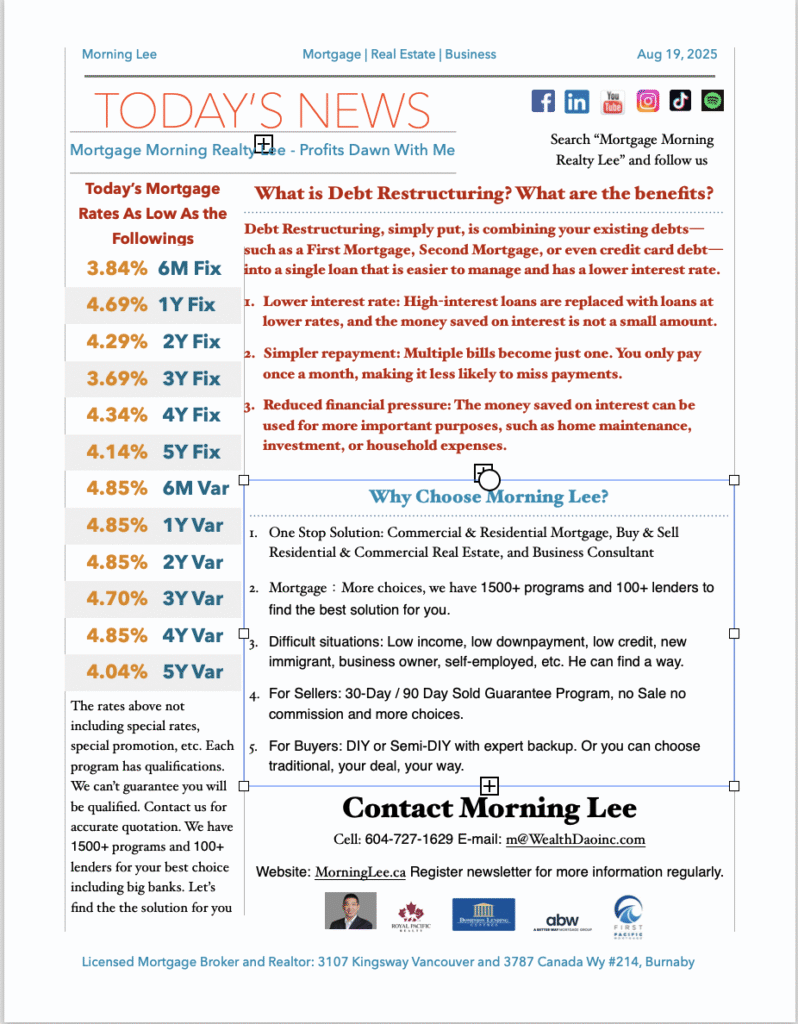Refinancing Experts | Residential & Commercial Mortgage Solutions | Morning Lee
Expert refinancing solutions for homeowners and businesses. Lower rates, access equity, and consolidate debt. Get personalized refinancing strategies today.
Unlock Your Property’s Financial Potential Through Strategic Refinancing
What Is Refinancing?
Refinancing replaces your existing mortgage with a new loan, typically to:
- Secure lower interest rates
- Access home/property equity
- Consolidate high-interest debt
- Change loan terms (amortization period)
- Switch from variable to fixed rates (or vice versa)
Real Example: Commercial landlord accessed $1.2M equity to acquire adjacent property through refinancing
Why Consider Refinancing?
Residential Benefits
- Rate Reduction: Save 0.5-2.5% on current market rates
- Debt Consolidation: Combine credit cards/loans into lower-interest mortgage
- Renovation Funding: Access up to 80% of current home equity
- Mortgage Optimization: Adjust amortization for cash flow needs
Commercial Advantages
- Portfolio Restructuring: Consolidate multiple properties into single loan
- Value-Add Capital: Fund renovations to increase NOI
- Cash Flow Relief: Extend amortization periods
- Bridge Financing: Secure funds for new acquisitions
Our Process
*4-Step Framework for Optimal Results*
- Equity & Savings Analysis
- Current valuation assessment
- Break penalty calculation
- Rate comparison across lenders
- Solution Architecture
- Debt consolidation planning
- Cash-out refinancing structuring
- Term optimization strategy
- Lender Negotiation
- Rate discount securing
- Fee waivers (appraisal, legal)
- Covenant flexibility
- Seamless Transition
- Legal coordination
- Payout management
- Post-refinance rate monitoring
Why Choose Morning Lee for Refinancing?
Rate Reduction Mastery
Equity Access Expertise
- Residential: Up to 100% loan-to-value
- Commercial: Up to 100% LTV loan to value
- Portfolio: Cross-collateralization strategies
Break Cost Mitigation
- High success rate in penalty negotiation/reduction
- Blended rate solutions
- Portability strategies
Specialized Solutions
- Commercial:
- NOI improvement refinancing
- Zoning change value capture
- Anchor tenant lease leveraging
- Residential:
- Credit repair refinancing
- Rental property cash flow optimization
- Construction draw management
When Refinancing Makes Strategic Sense
| Scenario | Residential Solution | Commercial Solution |
|---|---|---|
| Rates Drop 0.75%+ | Rate term reduction | Interest cost arbitrage |
| Property Value Rises | Equity access for renovations | Portfolio expansion capital |
| Credit Score Improves | Prime rate qualification | Covenant requirement reduction |
| Business Needs Change | N/A | Equipment financing roll-in |
Start Your Equity Taking Out Journey
Step 1: Savings Assessment
Calculate Your Refinancing Savings
Step 2: Strategy Session
Book 15-min Refinancing Audit
Step 3: Application Process
*”We’ve optimized many people through strategic refinancing – let our expertise unlock your property’s financial potential.”*
— Mortgage Expert – Morning Lee
-

Tariff Turmoil Takes Its Toll

Statistics Canada released Q2 GDP data, showing a weaker-than-expected -1.6% seasonally adjusted annual rate, in line with the Bank of Canada’s forecast, but a larger dip than the consensus forecast. The contraction primarily reflected a sharp decline in exports, down 26.8%, which reduced headline GDP growth by 8.1 percentage points. Business fixed investment was also weak, contracting 10.1%, mainly due to a 32.6% decline in business equipment spending.
Exports declined 7.5% in the second quarter after increasing 1.4% in the first quarter. As a consequence of United States-imposed tariffs, international exports of passenger cars and light trucks plummeted 24.7% in the second quarter. Exports of industrial machinery, equipment and parts (-18.5%) and travel services (-11.1%) also declined.
Amid the counter-tariff response by the Canadian government to imports from the United States (which has now been rescinded), international imports declined 1.3% in the second quarter, following a 0.9% increase in the previous quarter. Lower imports of passenger vehicles (-9.2%) and travel services (-8.5%; primarily Canadians travelling abroad) were offset by higher imports of intermediate metal products (+35.8%), particularly unwrought gold, silver, and platinum group metals.
Export (-3.3%) and import (-2.3%) prices fell in the second quarter, as businesses likely absorbed some of the additional costs of tariffs by lowering prices. Given the larger decline in export prices, the terms of trade—the ratio of the price of exports to the price of imports—fell 1.1%.
But the report was not all bad news. Consumer resilience was also evident. Household consumption spending accelerated in Q2. Personal spending rose 4.5% compared to 0.5% in Q1. Government spending also notably contributed to growth.
An improvement in housing activity also added to economic activity. Residential investment grew at a firm rate of 6.3%, compared to a decline of 12.2% in the first quarter of the year.
Final domestic demand rose 3.5% annualized, reflecting resilience and perhaps Canadians’ boycott of US travel or US products. However, income growth was up just 0.7% year-over-year (at an annual rate), which pulled the savings rate down one percentage point to 5.0%, potentially hampering consumers’ ability to continue their spending.
Inventories of finished goods and inputs to the production process increased by 26.9%, reflecting the Q1 stockpiling of goods that would be subject to future tariffs.
While Q2 was soft, June GDP was arguably more disappointing at -0.1% m/m, two ticks below consensus. Manufacturing was the surprise, falling 1.5%. Services were mixed, with gains in wholesale and retail offsetting some broader weakness. The July flash estimate was +0.1% (on the firmer side, given some of the soft data thus far), but the June figure makes it clear that the final print can be quite different.
The Bank had Q2 GDP at -1.5% in their July Monetary Policy Report, so the miss was minor. And, the strength in domestic demand highlights the economy’s resilience. One negative is that Q3 is tracking softer than their +1% estimate (closer to +0.5%), but it’s still very early, and things can change materially.
Bottom Line
The odds are no better than even for the Bank of Canada to cut rates when they meet again on September 17. There are two key data releases before then — the August Labour Force Survey, released August 5, a week from today, and the August CPI release on September 16. We would have to see considerable weakness in both reports to trigger a Canadian rate cut next month.
A Fed rate cut is far more likely, as telegraphed by Chair Jay Powell at the annual Jackson Hole confab. The battle between the White House and the Fed has intensified with President Trump’s firing of Governor Lisa Cook, the first Black woman on the Board and a Biden appointee. If Trump were to succeed, it would enable him to appoint a majority of the Federal Reserve Board, potentially allowing him to dictate monetary policy.
Trump wants significantly lower interest rates in the US, but even if he succeeds, only shorter-term rates would decline. The loss of Fed independence could lead to higher, longer-term interest rates, which could likely result in higher fixed mortgage rates in Canada. Moreover, inflation pressures could intensify, leading to continued upward pressure on bond yields and diminishing the potential appeal of floating-rate mortgage loans.
Dr. Sherry Cooper
-

Reverse mortgages: 55+? A cushion against the rising cost of living
Did you know?
A reverse mortgage can be a flexible tool for a senior to offset the rising cost of living, to borrow more than a bank may be willing to lend for a traditional mortgage, and to provide emergency funds for long-term care.
Scenario
Judith is a 75-year-old and living on Steeles Avenue in North York, Toronto. She’s lived in her home for over 40 years, and she and her late husband raised their family there. Given the location, she figures her older home is worth about $2 million. There’s also been speculation that there may someday be approval for condo development, which could cause the land value to skyrocket.
Judith receives the maximum CPP pension of about $1,300 per month (a combination of her own retirement pension and a survivor pension for her late husband) and gets nearly the maximum OAS pension—another $700 or so each month. That equates to about $2,000 of monthly pension income from the federal government. She also has a small defined benefit pension from the UK government that fluctuates year to year based on the exchange rate.Beyond that, she’s been drawing down a savings account from a modest inheritance from her parents and a small life insurance policy paid out when her husband passed away a few years ago.
Judith’s financial options to help cushion the impact of inflation:
- Credit card
- HELOC
- Sell her home and move into an apartment or retirement home, and invest into GICs to cover her monthly costs.
Solution
Judith decides a reverse mortgage might be a good fit for her—but not yet. She can use the $100,000 secured line of credit from the bank for now, but if she wants to stay in her home, eventually a reverse mortgage might be the best borrowing option. She’s willing to pay interest, and besides, she’s hopeful her home value will rise, tax-free, despite the interest she may pay.
More importantly, depleting the value of her estate seems unfounded. If she sells her home and rents, she’ll be spending a portion of her children’s inheritance either way. Her kids are supportive of her doing what she wants, which is to maintain the status quo.
Judith thinks a lot about what she would want to happen if her health deteriorated. She’d rather not count on help from her kids, preferring to pay for her costs herself.
A reverse mortgage could provide her with roughly $900,000 that could be accessed all at once, advanced as scheduled monthly payments like a pension, or borrowed on an as-needed basis. She may not need to borrow much to supplement her spending in her 80s, but having access to a large part of her home equity appeals to her.
Plus, if a developer does buy along her street to make way for condos, her home value may appreciate significantly.
Ready to Get Started?
If you’d like to learn more about how a reverse mortgage may similarly suit your needs, I’d be happy to help answer any quesitons you may have – with no obligations. Contact Us now.

-

CPI Report Shows Headline Inflation Cooling, But Core Inflation Remains Troubling

Canadian consumer prices decelerated to 1.7% y/y in July, a bit better than expected and down two ticks from June’s reading.
Gasoline prices led the slowdown in the all-items CPI, falling 16.1% year over year in July, following a 13.4% decline in June. Excluding gasoline, the CPI rose 2.5% in July, matching the increases in May and June.Gasoline prices fell 0.7% m/m in July. Lower crude oil prices, following the ceasefire between Iran and Israel, contributed to the decline. In addition, increased supply from the Organization of the Petroleum Exporting Countries and its partners (OPEC+) put downward pressure on the index.
Moderating the deceleration in July were higher prices for groceries and a smaller year-over-year decline in natural gas prices compared with June.
The CPI rose 0.3% month over month in July. On a seasonally adjusted monthly basis, the CPI was up 0.1%.
In July, prices for shelter rose 3.0% year over year, following a 2.9% increase in June, with upward pressure mostly coming from the natural gas and rent indexes. This was the first acceleration in shelter prices since February 2024.
Prices for natural gas fell to a lesser extent in July (-7.3%) compared with June (-14.1%). The smaller decline was mainly due to higher prices in Ontario, which increased 1.8% in July after a 14.0% decline in June.
Rent prices rose at a faster pace year over year, up 5.1% in July following a 4.7% increase in June. Rent price growth accelerated the most in Prince Edward Island (+5.6%), Newfoundland and Labrador (+7.8%) and British Columbia (+4.8%).
Moderating the acceleration in shelter was continued slower price growth in mortgage interest cost, which rose 4.8% year over year in July, after a 5.6% gain in June. The mortgage interest cost index has decelerated on a year-over-year basis since September 2023.

The Bank of Canada’s two preferred core inflation measures accelerated slightly, averaging 3.05%, up from 3% in May, and above economists’ median projection. Traders see the continued strength in core inflation as indicative of relatively robust household spending.
There’s also another critical sign of firmer price pressures: The share of components in the consumer price index basket that are rising by 3% or more — another key metric the central bank’s policymakers are watching closely — expanded to 40%, from 39.1% in June.
CPI excluding taxes eased to 2.3%, while CPI excluding shelter slowed to 1.2%. CPI excluding food and energy dropped to 2.5%, and CPI excluding eight volatile components and indirect taxes fell to 2.6%.
The breadth of inflation is also rising. The share of components with the consumer price index basket that are increasing 3% and higher — another key metric that the bank’s policymakers are following closely — fell to 37.3%, from 39.1% in June.

Bottom Line
With today’s CPI painting a mixed picture, the following inflation report becomes more critical for the Governing Council. The August CPI will be released the day before the September 17 meeting of the central bank. There is also another employment report released on September 5.
Traders see roughly 84% odds of a Federal Reserve rate cut when they meet again on Sept 17–the same day as Canada. Currently, the odds of a rate cut by the BoC stand at 34%. Unless the August inflation report shows an improvement in core inflation, the Bank will remain on the sidelines.
Dr. Sherry Cooper -
Today’s Lowest Rates Up and Down at The Same Time
The 3-year fixed rate has hit a new low at 3.69%, but the 5-year lowest fixed rate has gone up. The upward and downward pressures are still fiercely competing.
If you are considering a loan in the near future, you need to pay close attention to rate changes and seize the timing to lock in a contract that is favourable to you.
If your current rate is relatively high, 5% or even over 6%, you need to carefully calculate and compare: the penalty for breaking your current contract versus the money saved by switching to a lower rate — which one is more cost-effective. An extra surprise may even make you scream!
Even banks say no, for low income, low credit, low down pay, Morning will find a way, for you.

-

Owning $10 million in real estate but denied a loan—how to turn rejection into a powerful tool
Imagine Investor A, holding seven properties with a total value $10+ million. They spot a rare opportunity: sellers urgently offloading prime real estate at below-market price. But when they approach traditional banks for a loan, they hit a wall.
The Dilemma
Despite looking like a financial winner, reality bites:- Self-employment income nearly zero due to market changes
- Loans only $2 million, net assets $8 million
- Primary residence worth $2.2 million, mortgage $200k
- Rental income covers mortgage with positive cash flow, but after daily expenses and maintenance, disposable cash is limited
- Excellent credit score and history
Yet, major banks refused their applications. Why? Income too low, debt too high, and unable to pass standard stress tests.
Breaking the Gridlock
Investor A came to us, and we break it through by thinking differently. While banks focus on regular income, we realized Investor A’s wealth was “locked in walls.” Six solutions emerged by us:1. Reverse Mortgage (Primary Residence, Age 55+)
- Benefits:
- No income verification.
- Flexible credit requirements.
- No down payment required.
- Access up to ~50% of your home equity.
- Funds received as monthly payments, lump sum, or instalments.
- Minimal fees, almost none.
- Fast approval.
- Drawbacks:
- Only available for primary residences (not investment properties).
- Maximum Cash Available: ~$1 million
2. “Enhanced” Reverse Mortgage (Primary Residence, No Age Requirement)
- Benefits:
- No age requirement.
- No income verification.
- Flexible credit requirements.
- No down payment required.
- Access up to 60% of your home equity.
- Funds received as monthly payments, lump sum, or instalments.
- Fast approval.
- Cancel anytime without penalty.
- Drawbacks:
- Only available for primary residences (not investment properties).
- Higher fees.
- Maximum Cash Available: ~$1.2 million
3. First Mortgage Home Equity Line of Credit
- Benefits:
- Access up to 75% of home equity.
- No income verification.
- No age requirement.
- Flexible credit requirements.
- Pay interest only on amounts drawn; no payment if unused. Access funds freely and flexibly.
- Drawbacks:
- Higher fees.
- Requires terminating existing first mortgage.
- Maximum Cash Available: ~$6 million
4. First Mortgage Home Equity Mortgage
- Benefits:
- Access up to 75% of home equity.
- No income verification.
- No age requirement.
- Flexible credit requirements.
- Lower fees than a First Mortgage HELOC.
- Drawbacks:
- Requires terminating existing first mortgage.
- Monthly payments required.
- Maximum Cash Available: ~$6 million
5. Second Mortgage Home Equity Line of Credit
- Benefits:
- No income verification.
- No age requirement.
- Flexible credit requirements.
- Access up to 75% of home equity.
- Pay interest only on amounts drawn; no payment if unused. Access funds freely and flexibly.
- Does not require terminating existing first mortgage.
- Drawbacks:
- Higher fees.
- Maximum Cash Available: ~$6 million
6. Second Mortgage Home Equity Loan
- Benefits:
- No income verification.
- No age requirement.
- Flexible credit requirements.
- Access up to 75% of home equity.
- Does not require terminating your existing first mortgage.
- Lower fees than a Second Mortgage HELOC.
- Drawbacks:
- Monthly payments required.
- Maximum Cash Available: ~$6 million
Investor A opted for a mix of all six, leveraging each solution’s strengths while minimizing drawbacks according to the banks policies and his own situation like title, balance, interest rate, etc .
The Result
Investor A secured a $5 million credit line with two remarkable features:- Off loaded the cash pressure— and interest applies only when money is used
- Ready to close good deals any time and immediate access to funds when needed – won’t miss any good opportunities to build up more wealth.
From nearly depleted cash reserves, Investor A now had millions ready to seize undervalued properties, paying cash instantly. No income verification, no stress tests, no mandatory monthly payments—like turning their property into a giant credit card that only charges when used.
Practical Impact
Opportunities came faster than expected. Sellers in a slow market offered below-market prices with room to negotiate. While others waited for bank approvals, Investor A could pay in cash, creating a competitive edge. The secret wasn’t having money—it was unlocking dormant assets to capitalize on timing and market gaps.Key Takeaway
Banks have rules, but asset value is undeniable. When income-based paths fail, check the “walls” you’ve built—every brick could be emergency cash or a lever to unlock opportunities. Investor A’s transformation? From chasing bank loans to letting assets speak for themselves.Assess your own available funds immediately: Evaluate available credit limit.
For buyers, sellers, or anyone navigating property financing, understanding alternative funding strategies can make the difference between watching opportunities slip away or seizing them confidently.
Explore more insights and strategic approaches at MorningLee.ca:Case Study: How Debt Restructuring Can Save You Thousands
For a safer, smarter property purchase, conduct real estate due diligence for comprehensive property inspections and risk assessments.